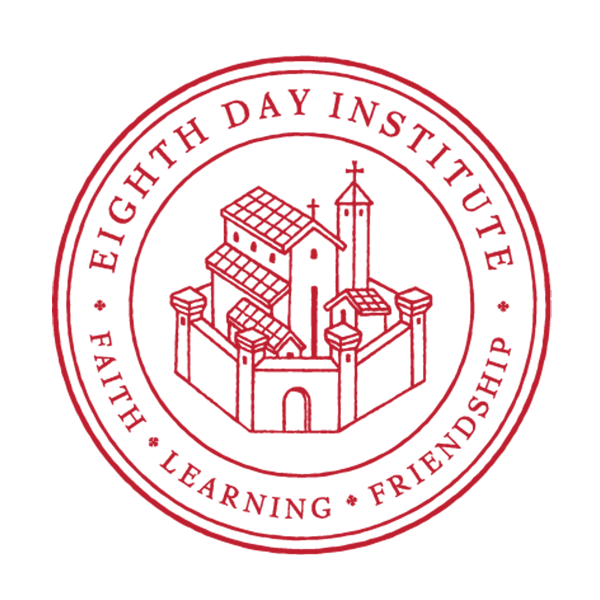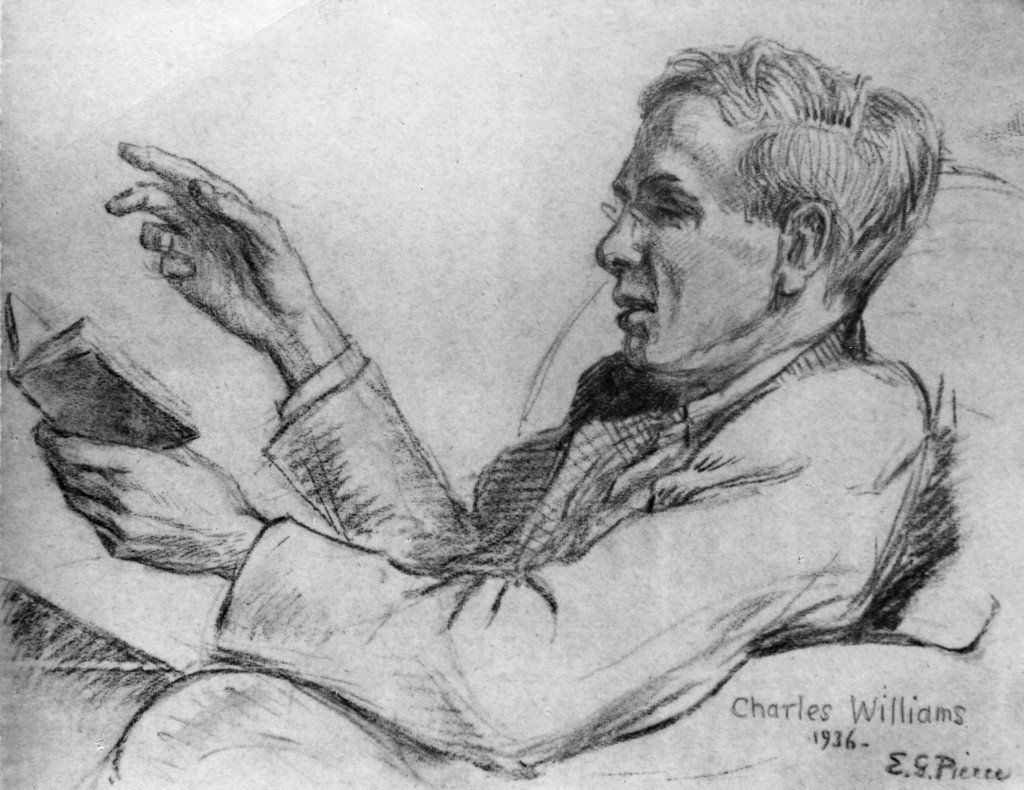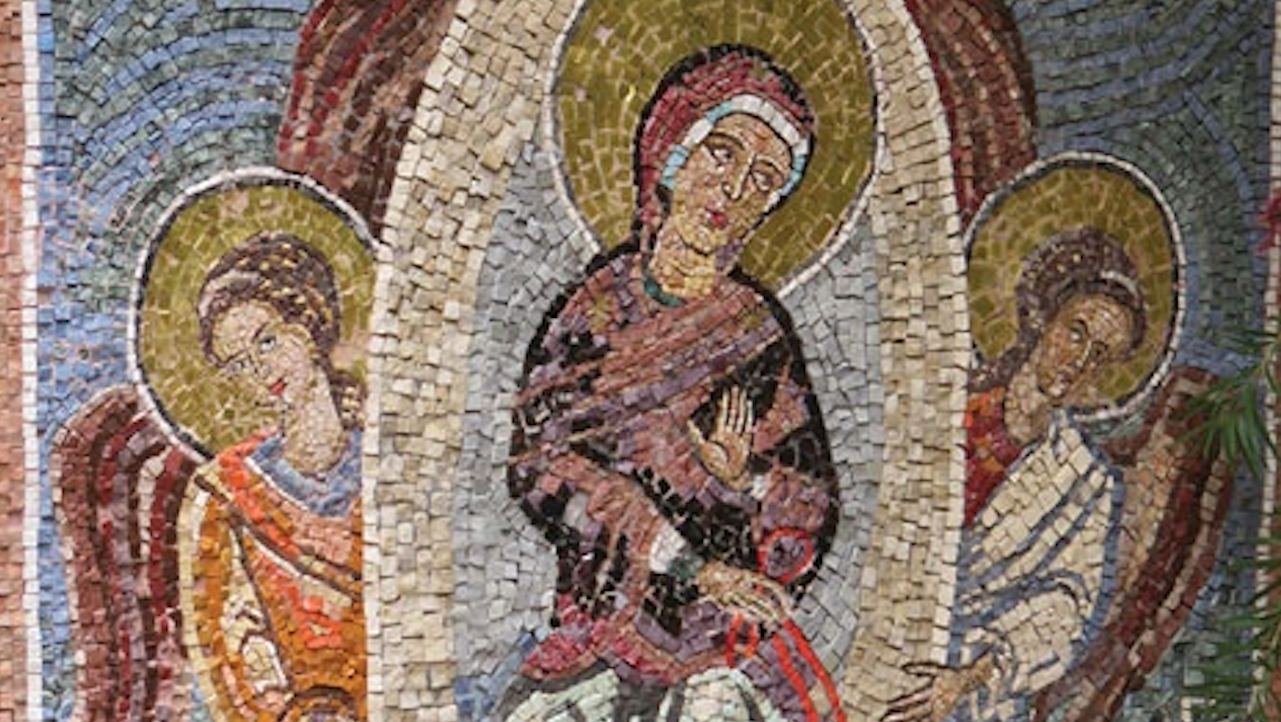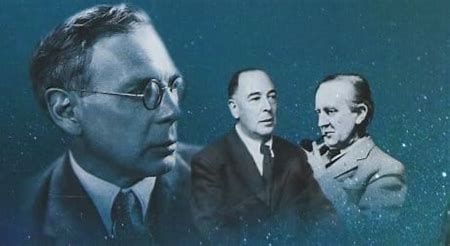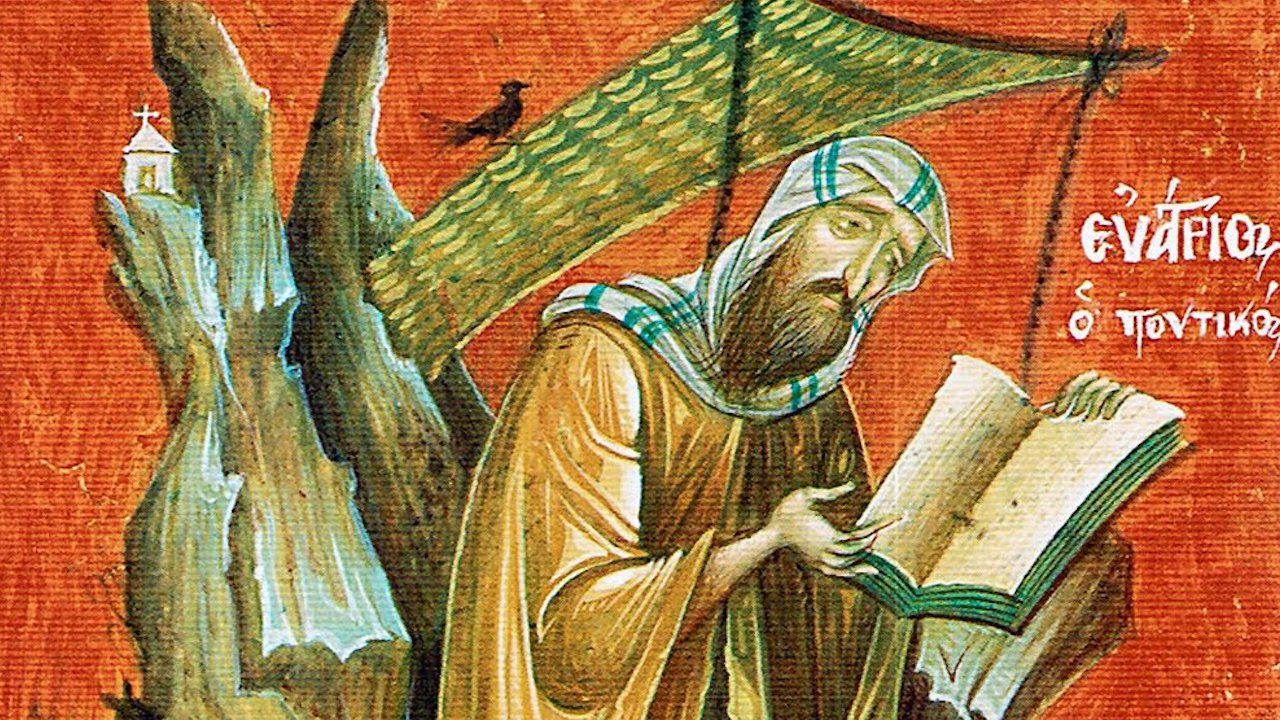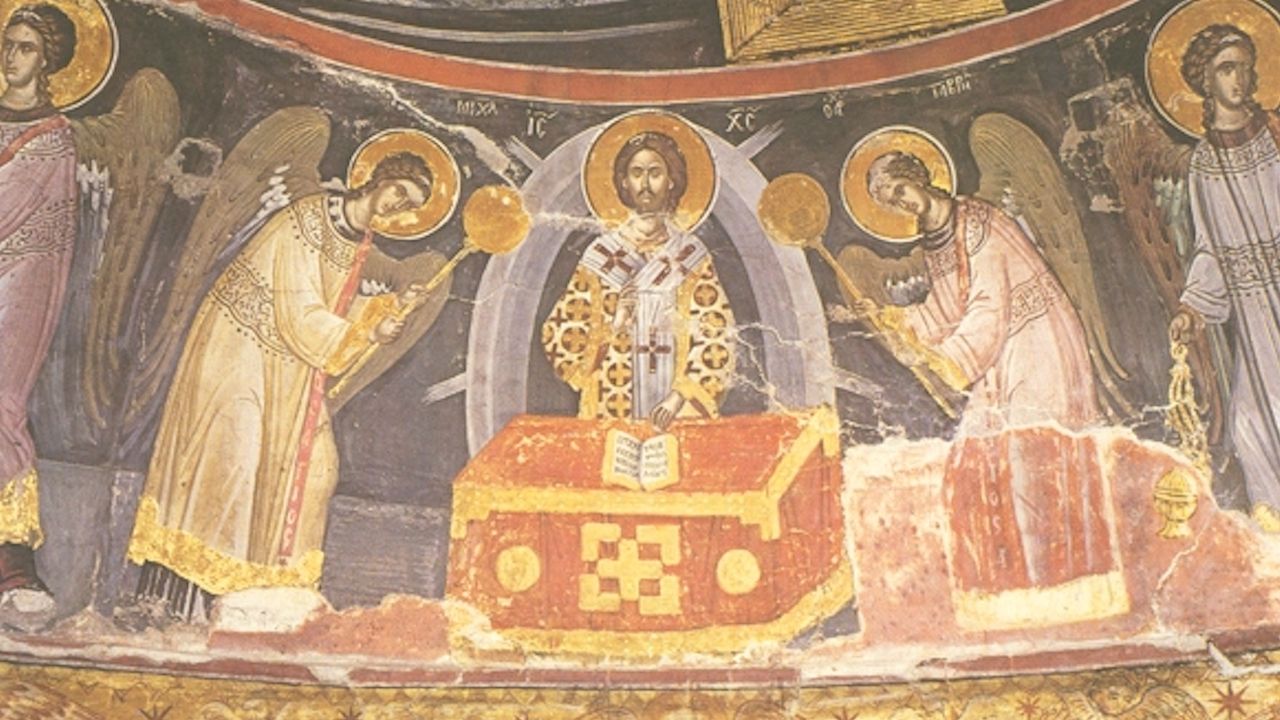Monuments, Masks, &. Restoring the Image of God
by Erin Doom
Feast of St Anatolius, Patriarch of Constantinople
Anno Domini 2020, July 3
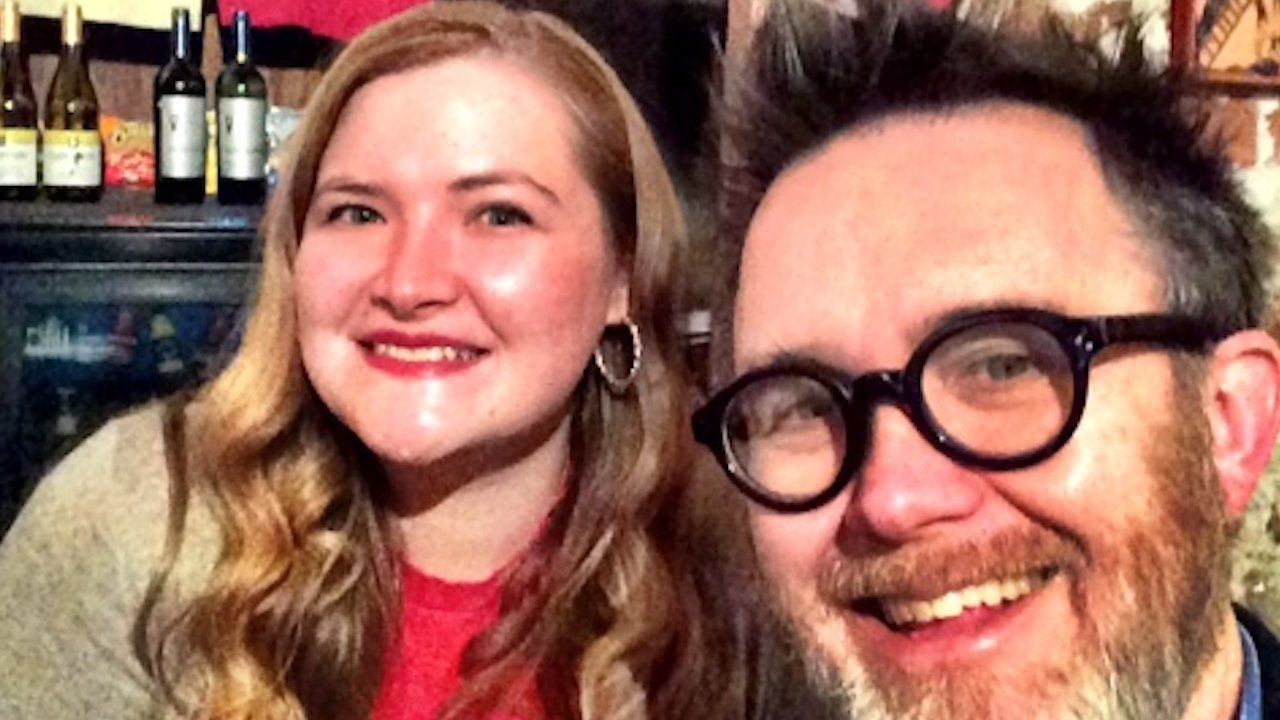
- "Melanie Diodati Speaks Truth to Power": Diodati, a young theological student, recently tweeted a critique of the non-Catholic values being embraced and promoted by Villanova, her "Catholic" university. The theology department quickly responded: her tuition scholarship, her good standing in the theology department, and her future acceptance in the theological community were threatened, i.e., her "academic education and future career" was at stake if she didn’t tweet her love for the department and for the university. She didn’t back down. Read Dreher’s full report here.
- "Abortion Forever": This one is on the recent Supreme Court decision to overturn Louisiana’s restrictive abortion law. But it also clarifies the Benedict Option, precisely in the way I repeatedly try to do so with folks who don’t get it (9.9 times out of ten, they have not actually read the book). Read it here.
- "Catastrophism and The Blogger": This is a long one responding to a post made by Alan Jacobs on Dreher’s forthcoming book Live Not By Lies, which will be available at the end of September from Eighth Day Books with bookplates signed by Dreher (I think it’s another prophetic one—we’re watching much of it unfold before our very eyes before it’s even hit the streets—just like The Benedict Option has proven to be). But this post also provides further clarification of the Benedict Option and Dreher’s own explanation of why he is indeed a shouting catastrophist. Please read it all here. And if you’re interested, a couple posts later Dreher published two excellent responses to the "Catastrophism and the Blogger" post: "For Christians, It Really Is a Catastrophe."
The old buildings belong in the places that they create; the new buildings typically belong nowhere, and create a nowhere wherever they are constructed. Physically the old city center is a space; metaphysically, however, it is a place, a somewhere to which buildings, people, and the institutions that unite them can belong.
When the Antifa activists gather in the squares to pull the statues from their pedestals and the busts from their plinths, they are sending the message that this place is not ours, that we do not belong here, and that we want to start again outside the community that brought us into being. And the result of their destructive pranks will surely be no different from the result of so much modern building—the replacement of somewhere by nowhere. And I suspect that that is where we are going.
I don’t bring this up in this context to argue about its appropriateness. Rather, I want to say that a nation that can build a monument like this to its God and to its greatness is a nation of immense depth and power.
Could we build anything like this in America? Don’t be absurd. We don’t have the internal strength and imagination to do so.
we Americans have managed to talk ourselves into hating our roots, hating our fathers, hating the traditions that made us who we are. We sense that the nation is slipping away from us, but "Make America Great Again" is kitsch. Trump makes golf hats, but Putin builds cathedrals.
Let us reject the path of nihilism and hate, and renew our own civilized patrimony and our noble civic tradition. Nothing less than the survival of republican self-government is at stake. If we are to renew our commitment to racial justice and civic reconciliation, we must take our bearings from the best of the Western and American traditions. Freedom has died many times in history; let us not witness new death pangs on the anniversary of its birth.
Though you have done nothing shameful,
they will want you to be ashamed.
They will want you to kneel and weep
and say you should have been like them.
And once you say you are ashamed,
reading the page they hold out to you,
then such light as you have made
in your history will leave you.
Man was, as we have said, the "image and likeness" of the power that rules all creation; and this likeness to the ruler of all things also extended to man’s power of self-determination: man could choose whatever pleased him and was not enslaved to any external necessity. But man was led astray by deception and deliberately drew upon himself that catastrophe which all mortals now share. Man himself invented evil: he did not find it in God. Nor did God make death; it was man himself who, as it were, was the creator of all that is evil.
All who have eyes can enjoy the sunshine, and anyone, if he likes, may deny himself this pleasure simply by closing his eyes. In such a case it is not the sun that withdraws or produces the darkness; rather, man himself puts an obstacle between himself and the sun by closing his eyes. And yet, even when the eyes are closed, they cannot cease to function; hence it is the activity of the eyes which bring about the appearance of darkness in man because he deliberately cut himself off from the light.
So too the first man who arose from the earth—he, indeed, who begot all the evil that is in man—had it in his power to choose all the good and beautiful things in nature that lay around him. And yet he deliberately instituted by himself things that were against nature; in rejecting virtue by his own free choice he fashioned the temptation to evil. For sin does not exist in nature apart from free will; it is not a substance in its own right. All of God’s creatures are good, and nothing He has made may be despised: He made all things "very good" (Gen. 1:31). But in the way I have described, the whole procession of sin entered into man’s life for his undoing, and from a tiny source poured out upon mankind an infinite sea of evil. The soul’s divine beauty, that had been an imitation of its archetype, was, like a blade, darkened with the rust of sin; it no longer kept the beauty of the image it once possessed by nature, and was transformed into the ugliness of evil.
Thus man, who was so "great and precious," as the Scriptures call him, fell from the value he had by nature. It is like people who slip and fall in the mud and get their faces so smeared that even their relatives cannot recognize them. So man fell into the mud of sin, and lost his likeness to the eternal Godhead. And in its stead he has, by his sin, clothed himself in an image that is of clay and mortal; and this is the image we earnestly counsel him to remove and wash away in the purifying waters of the Christian life. Once this earthly covering is removed, the soul’s beauty will once again shine forth.
Now the removal of what is foreign is a return to what is connatural and fitting; and this we can only achieve by becoming what we once were in the beginning when we were created. Yet to achieve this likeness to God is not within our power nor within any human capacity. It is a gift of God’s bounty, for He directly bestowed this divine likeness on our human nature at its creation. By our human efforts we can merely clear away the accumulated filth of sin and thus allow the hidden beauty of the soul to shine forth.
Contribute to Cultural Renewal by Sharing on Your Preferred Platform
In an isolating secularized culture where the Church's voice is muffled through her many divisions, Christians need all the help they can get to strengthen their faith in God and love toward their neighbor. Eighth Day Institute offers hope to all Christians through our adherence to the Nicene faith, our ecumenical dialogues of love and truth, and our many events and publications to strengthen faith, grow in wisdom, and foster Christian friendships of love. Will you join us in our efforts to renew soul & city? Donate today and join the community of Eighth Day Members who are working together to renew culture through faith & learning.
